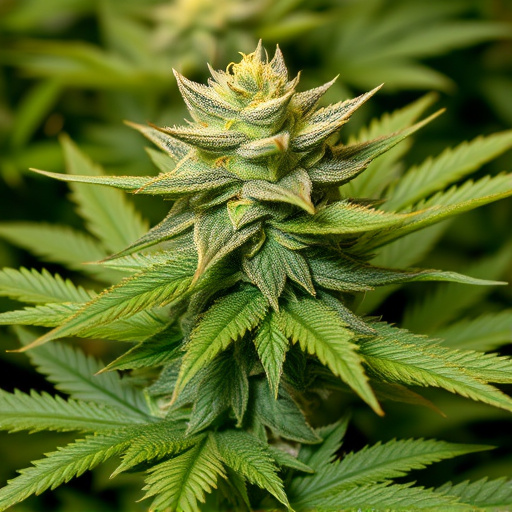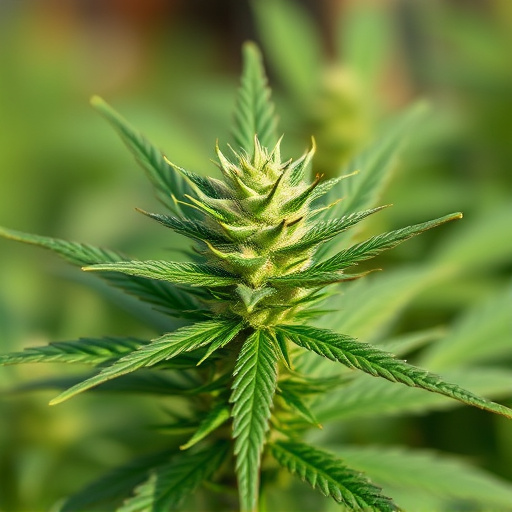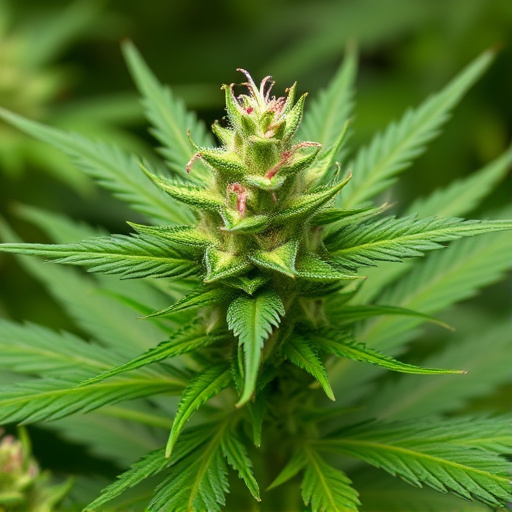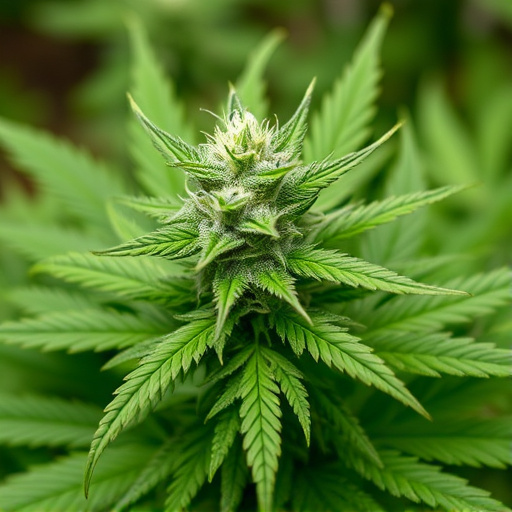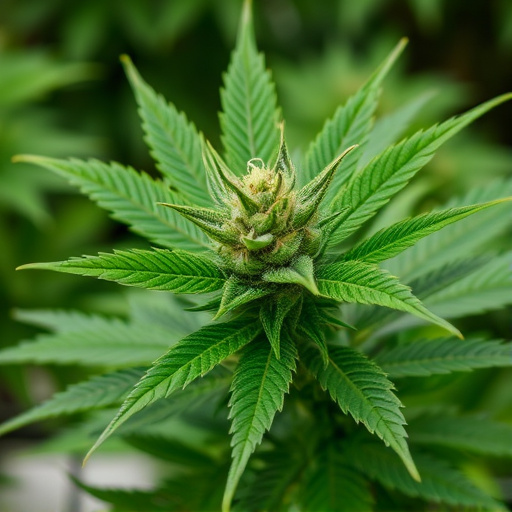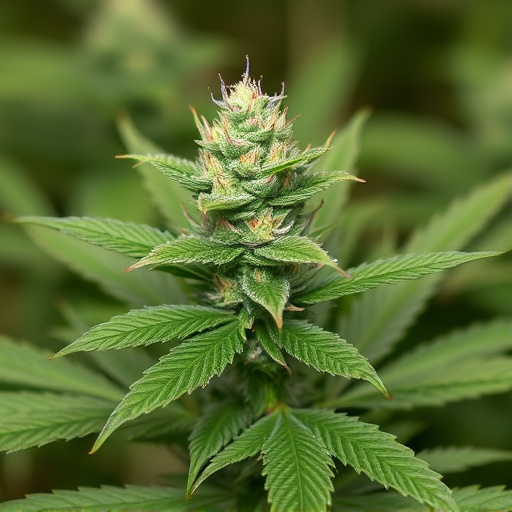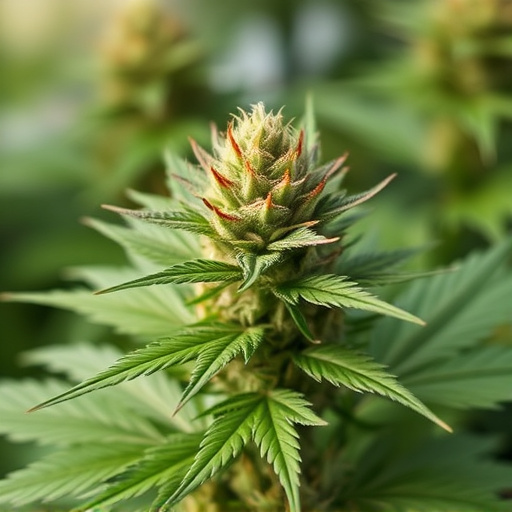The length of a weed high varies based on cannabis strain, metabolism, tolerance, and environmental factors. For ADHD relief, CBD-rich strains offer longer-lasting yet milder highs that aid focus. Cannabis strains tailored to specific symptoms, with balanced THC and CBD levels, provide sustained relief without overwhelming effects. Metabolism determines duration; faster metabolizers experience shorter highs, while slower ones enjoy longer effects. Regular use builds THC tolerance, reducing high length. Optimizing ADHD management involves choosing strains aligned with individual body responses for enhanced effectiveness and symptom relief duration.
“Unraveling the factors that dictate the length of a weed high is essential for both casual users and medical patients. This article explores the science behind these variations, focusing on three key areas. Firstly, we delve into the genetic aspects, including cannabinoid profiles, which significantly impact the duration. Secondly, individual differences in metabolism and tolerance play a crucial role. Lastly, the method of consumption and dose size are examined for their influence.
Additionally, we uncover the relationship between cannabis strains and ADHD, highlighting Sativa vs Indica effects and offering insights into hybrid strains that promote balance. Discover tips for optimizing your high experience, including microdosing techniques, environmental considerations, and mindfulness practices.”
- Factors Influencing Weed High Duration
- – Genetic composition and cannabinoid profiles
- – Individual metabolism and tolerance levels
Factors Influencing Weed High Duration
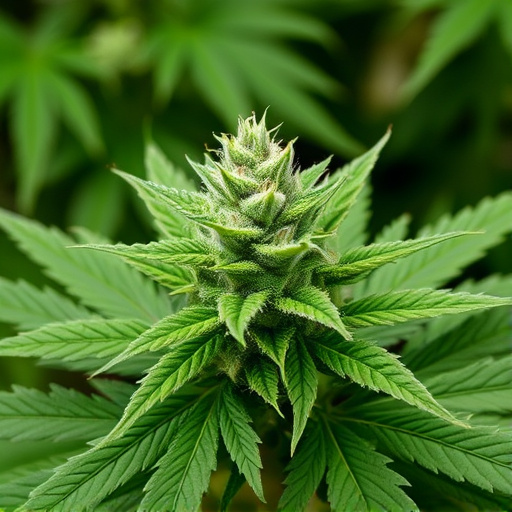
The duration of a weed high can vary greatly from person to person, and several factors play a significant role in determining how long the effects last. One key factor is the specific cannabis strains consumed; different strains have varying levels of cannabinoids like THC and CBD, which influence the high’s intensity and longevity. For individuals seeking relief from symptoms associated with ADHD, cannabis strains known for their higher CBD content can be particularly beneficial. CBD has been shown to balance the effects of THC, potentially offering a longer-lasting yet milder high, ideal for managing focus and concentration without overwhelming sensory experiences.
Additionally, individual metabolism and tolerance levels significantly impact high duration. Faster metabolizers may experience quicker dissipation of cannabinoids, leading to shorter highs. Conversely, those with higher tolerance due to regular use might require more substantial doses to achieve the desired effects, which can also extend the high’s length. Environmental factors such as dosage amount, consumption method (smoking vs. edibles), and external distractions or relaxation levels can also contribute to variations in duration, underscoring the highly personalized nature of cannabis experiences.
– Genetic composition and cannabinoid profiles
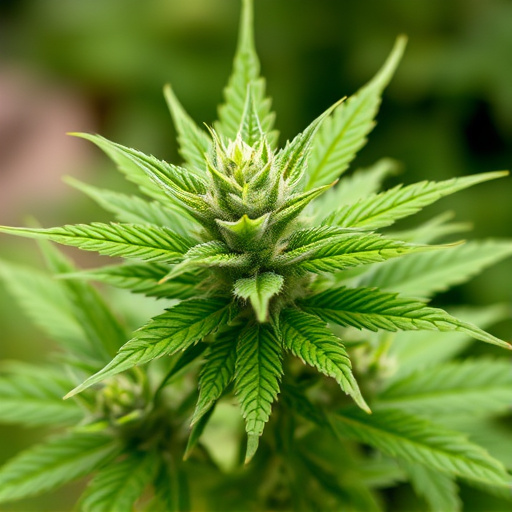
The genetic composition and cannabinoid profiles of cannabis plants play a significant role in determining the duration and intensity of a high. Different strains, tailored for specific conditions like ADHD, offer varied effects due to their unique combinations of compounds, particularly THC (tetrahydrocannabinol) and CBD (cannabidiol). Cannabis strains used to manage ADHD symptoms are often selected for their balanced or even low THC levels, as higher concentrations can lead to more intense, unpredictable highs.
Instead, these strains may emphasize CBD content, which is believed to counteract the psychotic effects of THC while providing potential therapeutic benefits. The interaction between THC and CBD, along with other minor cannabinoids, influences how quickly a high sets in, its peak intensity, and most importantly, how long it lasts. Understanding this complex interplay helps users choose cannabis strains that offer sustained relief without overwhelming sensory experiences.
– Individual metabolism and tolerance levels
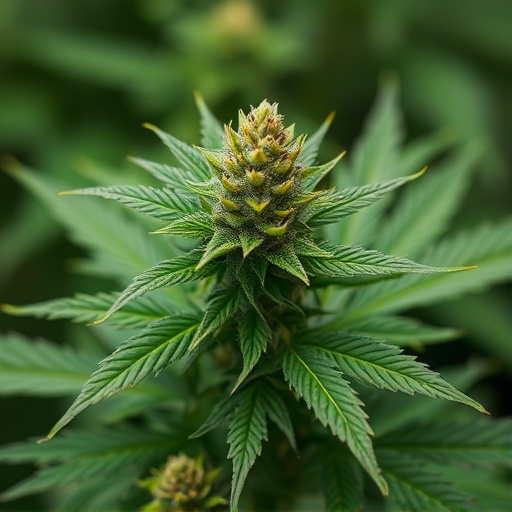
Everyone’s experience with cannabis is unique, and this includes how long a “high” lasts. Individual metabolism plays a significant role in determining the duration of effects. Faster metabolizers may feel the initial intense rush but could quickly return to a state of calm within an hour or two. In contrast, slower metabolizers might enjoy a more prolonged and subtle high that can last several hours. This variability highlights why some individuals with ADHD find cannabis strains known for their uplifting and focus-enhancing properties beneficial; certain strains may provide sustained relief from symptoms without the abrupt crash associated with faster acting varieties.
Tolerance levels also factor into the equation. Regular users often build up a tolerance to THC, the primary psychoactive compound in cannabis, leading to shorter highs over time. Those new to cannabis or using lower THC strains might experience longer-lasting effects. Understanding your body’s response and choosing cannabis strains for ADHD management tailored to your needs can optimize both effectiveness and duration of relief.
Understanding the factors that influence the duration of a weed high, such as genetic composition and individual metabolism, is crucial for those considering cannabis as a treatment for conditions like ADHD. Different cannabis strains, each with unique cannabinoid profiles, can offer varying effects in terms of how long their high lasts. Personal tolerance levels also play a significant role, highlighting the importance of individualized approaches to finding the most suitable cannabis strains for managing symptoms while optimizing the desired effect duration.






